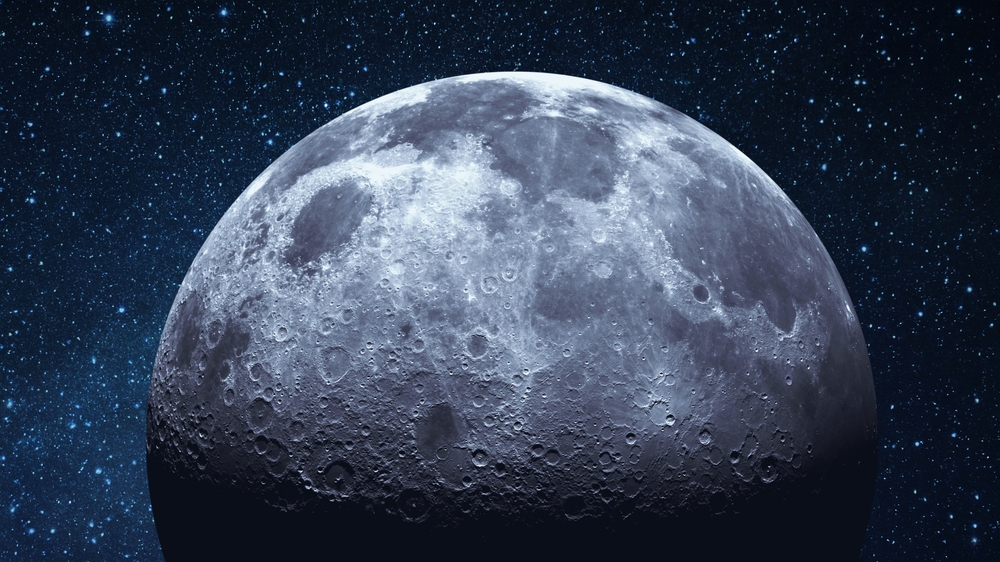Billions of dollars are on the line as well.
Others are reading now
“One small step for man, a giant leap for mankind.”
History was made when Neil Armstrong stepped out of the Lunar Module on the Apollo 11 mission and became the first human being ever to set foot on the surface of the Moon.
The years leading up to the moon landing are known as “the race to the moon”, as the United States and the Soviet Union competed to become the first superpower to achieve the near unimaginable.
Prior to the moon landing, the Soviet Union was the first to reach two important milestones.
In 1957, the Soviets launched the first artificial Earth satellite into space—Sputnik 1—effectively marking the beginning of the Space Age.
Also read
Four years later, in 1961, Yuri Gagarin became the first human to travel into space.
But even though the Soviet Union was ahead at the first two checkpoints, the United States ultimately claimed victory with the Apollo 11 mission.
However, a new space race has begun—but this time, it is not between the Soviet Union (or Russia) and the United States.
It is between the United States and China—and beyond prestige, billions of dollars are at stake.
Humanity settling on the Moon?
This time, the mission to the Moon goes far beyond flags and footprints.
Also read
Whether the United States or China reaches the lunar surface first remains uncertain—but both nations are racing toward a future where the Moon becomes a hub for science, technology, and commerce.
As the decade progresses, the competition to establish a lasting human presence on the Moon is intensifying, setting the stage for what could become the foundation of an off-world economy.
A new lunar vision
For both space powers, a manned landing is no longer an end goal but a beginning. The Artemis program and China’s lunar ambitions share a vision of building semi-permanent bases where astronauts could live and work for weeks or even months at a time.
Governments aren’t the only ones looking skyward. Private companies see the Moon as a potential source of valuable raw materials—resources that could transform space exploration and the global energy industry.
Among them, one element stands out as a potential game-changer: helium-3.
Also read
The helium-3 promise
A recent agreement between Finnish company Bluefors and U.S. startup Interlune highlights the growing commercial interest in lunar resources.
The deal involves plans to deliver up to 10,000 liters of helium-3 mined from the Moon—a shipment estimated to be worth around $300 million.
Unlike Earth, where helium-3 is extremely rare, the Moon’s surface holds large reserves accumulated over billions of years through exposure to the solar wind. Scientists believe this isotope could serve as a clean and highly efficient fuel for future nuclear fusion reactors.
However, extracting it will not be easy. Mining helium-3 requires processing millions of tons of lunar regolith—the fine, dusty rock covering the Moon’s surface.
The cost of transporting mining equipment and maintaining operations in such harsh conditions remains immense.
Also read
Private sector joins in
Interlune plans to test its theory soon. The company will place a specialized camera aboard the Griffin lander in an upcoming lunar mission to measure helium-3 concentrations in surface material. The results could determine whether large-scale extraction is feasible.
Other private players are also entering the race. Blue Origin, the space firm founded by Jeff Bezos, is developing technology to locate and eventually extract both helium-3 and water ice from the lunar surface.
Water, once processed, could provide oxygen and fuel—key resources for long-term human activity and future missions deeper into the Solar System.
Stakes beyond science
Analysts warn that whoever first develops the technology to harness lunar resources could gain significant strategic and economic power.
Control over a potential new energy source like helium-3 could allow a country or corporation to establish dominance in space resource management and energy independence.
Also read
Despite the enthusiasm, uncertainties persist. Scientists still don’t know how much helium-3 can realistically be extracted, or whether it would be more efficient to use it on the Moon rather than transport it to Earth.
But many believe the attempt itself could reshape space exploration—laying the groundwork for a sustainable lunar economy and marking humanity’s next great leap beyond low Earth orbit.
Sources: Reuters, BBC, AP


